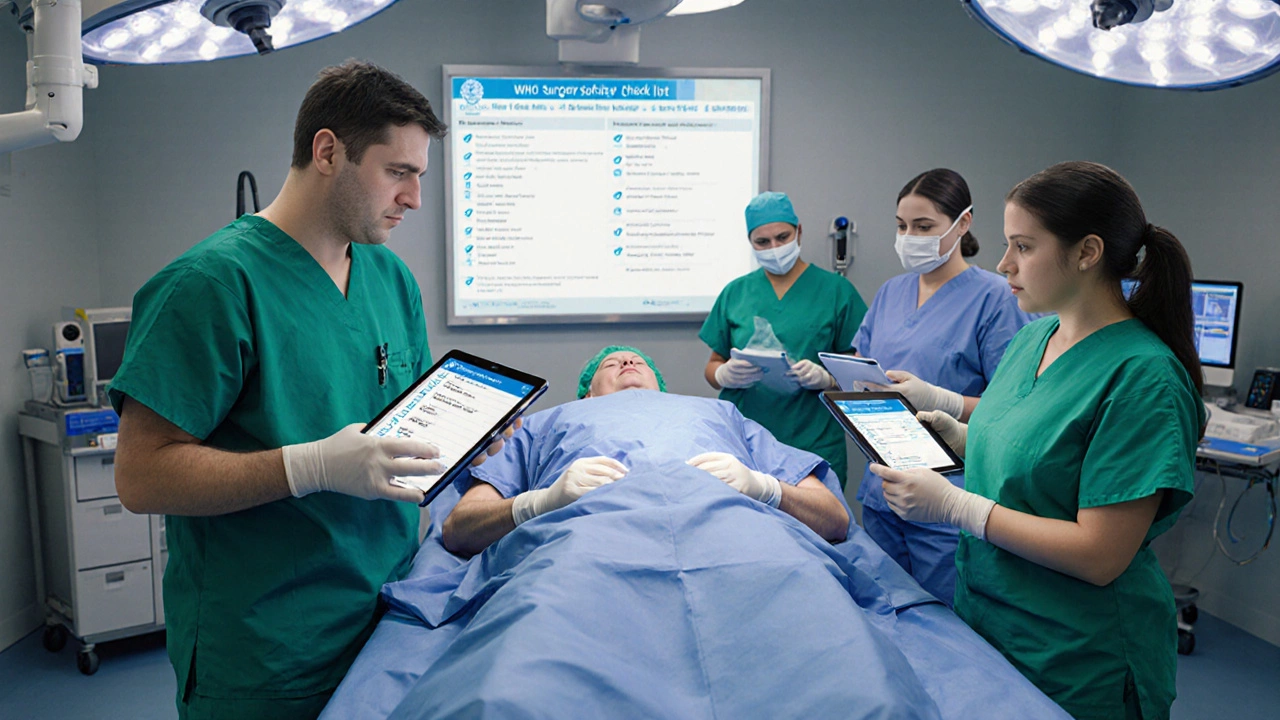Surgical Safety Checklist: What It Is and Why It Matters in Modern Care
When you walk into a hospital for surgery, you trust the team to do everything right. But even the best surgeons can make mistakes—unless they use a surgical safety checklist, a standardized, step-by-step tool used before, during, and after surgery to prevent avoidable errors. Also known as a operating room checklist, it’s not just paperwork—it’s a lifeline. This simple list, adopted by hospitals worldwide after a WHO study showed it cut complications by over 35%, forces teams to pause, confirm, and communicate. No one skips it. Not the anesthesiologist. Not the nurse. Not the surgeon.
It’s not magic. It’s structure. The checklist breaks down into three key moments: sign-in, the moment before anesthesia starts, where patient identity, procedure, and consent are confirmed; time-out, the pause right before the first incision, when everyone says aloud what surgery they’re doing and who’s on the team; and sign-out, the final review before leaving the OR, where instruments, samples, and potential issues are accounted for. These aren’t just steps—they’re checks against human error, fatigue, and miscommunication. In one Indian hospital, after implementing the checklist, retained surgical sponges dropped to zero. In another, wrong-site surgeries vanished.
What you might not realize is how deeply this affects recovery. A missed step during sign-out can mean a hidden infection. A skipped time-out can mean the wrong knee gets cut. That’s why the checklist doesn’t just protect patients—it protects the entire team from guilt, lawsuits, and burnout. It turns chaos into calm. And in places like India, where hospitals are stretched thin and staff work long hours, this tool isn’t optional—it’s essential. You’ll find posts here that dig into what happens when the checklist is ignored, how it’s adapted for cardiac and orthopedic surgeries, and why some patients still don’t know it’s being used. These aren’t theoretical debates. These are real stories from recovery rooms, ORs, and rehab clinics. What you’re about to read isn’t just about a list. It’s about who survives, who heals, and why some patients walk out better than they expected—because someone took a second to check.
-
16
Learn why the surgical safety checklist is the number one rule of surgery, how it safeguards orthopedic patients, and practical steps to implement it effectively.
